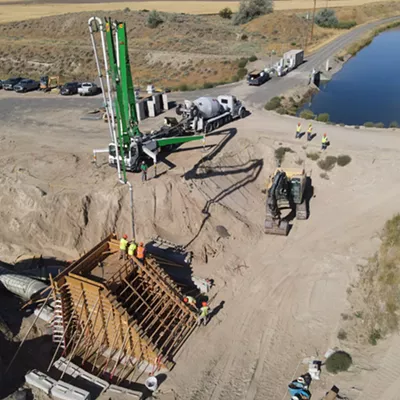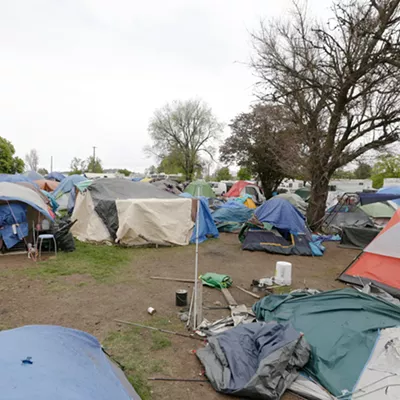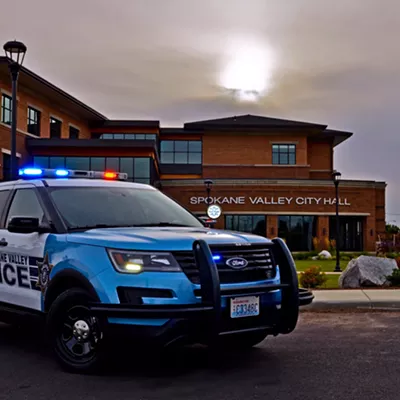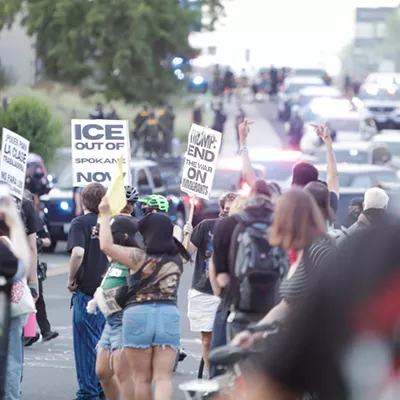Ordway had much geographic information to share, but the captains seemed just as interested in the 17 salmon he laid before them. Lewis thought "these fish were as fat as any I ever saw; sufficiently so to cook themselves without the addition of grease; those which were sound were extreemly delicious; their flesh is of a fine rose colour." The Corps of Discovery needed food, and Ordway's success provided hope that the long anticipated spring salmon run on the Clearwater River would soon begin. Lewis lamented, "having exhausted all our merchandize we are obliged to have recourse to every subterfuge in order to prepare in the most ample manner in our power to meet that wretched portion of our journy, the Rocky Mountain, where hungar and cold in their most rigorous forms assail the waried traveller; not any of us have yet forgotten our sufferings in those mountains in September last, and I think it probable we never shall."
Increasingly, as May turned into June, all thoughts of the Lewis and Clark Expedition turned toward the mountains and, beyond that "icy barrier," home. As soon as the snow sufficiently melted to clear the Lolo Trail, they would break camp and resume their eastward march. Clark monitored the increased flow of the Clearwater River. According to the Indians, when the water in the river subsided -- meaning the spring melt was complete -- then the mountains would be passable. Lewis, meantime, chose to measure the rise in air temperature, doing so not only with a thermometer, but also by counting the number of blankets he needed to sleep comfortably. On June 2, he needed "one blanket only," a very good sign. Clark recorded a 15-inch drop in water level on the Clearwater on June 4; the next morning Lewis was equally pleased to find no frost on the ground. The measuring sticks of Lewis and Clark may have been unscientific, but their calculations offered hope to the men of the expedition.
Meantime, Lewis learned on June 3 that "today the Indians dispatched an express over the mountains to travellers rest," a meadow about 10 miles south of today's Missoula. Did this mean the Lolo Trail was open to travel? Certainly, thought Lewis, if the mountains were "practicable for this express we thought it probable that we could also pass." Upon inquiry, however, their Indian informants said no. Several creeks were still too high to by swum by horses, they cautioned, and the road remained slippery in the extreme. Besides, it was too early for grass in higher elevations, and the horses would go hungry for three days. The chiefs, reports Clark, "inform us that we may pass Conveniently in twelve or fourteen days."
Not so, the captains resolved. Together they made plans to wrap things up at Long Camp by June 10 and move closer to the Lolo Trail. After a few days hunting in the vicinity of "quawmash flatts" -- today's Weippe Prairie -- they would "attempt the Mountains about the Middle of this month." Laying in a stock of meat was critical inasmuch as Lewis now admitted that "I begin to lose all hope of any dependance on the Salmon as this river will not fall sufficiently to take them before we shall leave it."
Final preparations for closing Long Camp took many forms. Men built a sturdy corral for the horses -- about 65 of them -- because "many of them have become so wild that we cannot take them without the assistance of the Indians who are extreemly dextrous in throwing a rope and taking them with a noose about the neck." Gradually, Clark closed down his medical practice, though not for Jean Baptiste Charbonneau, Sacagawea's infant son, who suffered from high fever and tonsillitis. Clark also hurriedly quizzed the Nez Perce about their names for rivers east of the Rockies. He wanted to know the depth of Nez Perce geographic knowledge since the expedition would rely on their information when crossing the Lolo Trail.
Next week: The Corps of Discovery relocates to Weippe Prairie.
Robert Carriker has directed eight National Endowment for the Humanities seminars on the Lewis and Clark expedition and is author of Ocian in View! O! the Joy. When he's not out retracing the steps of the Corps of Discovery, he teaches history at Gonzaga University.














